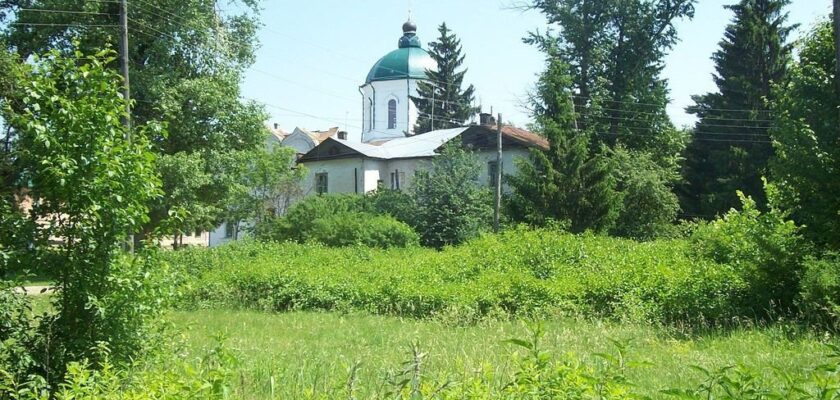Tolshevsky Spaso-Preobrazhensky Nunnery
Tolshevsky Spaso-Preobrazhensky Monastery is an active monastery that appeared on the Voronezh land in the 17th century. The male monastery was founded by a lonely hermit Konstantin, so at first it was called Konstantinovskaya desert. When a wooden church in honor of the All-Merciful Savior was built here, the monastery was named Spaso-Preobrazhenskaya.
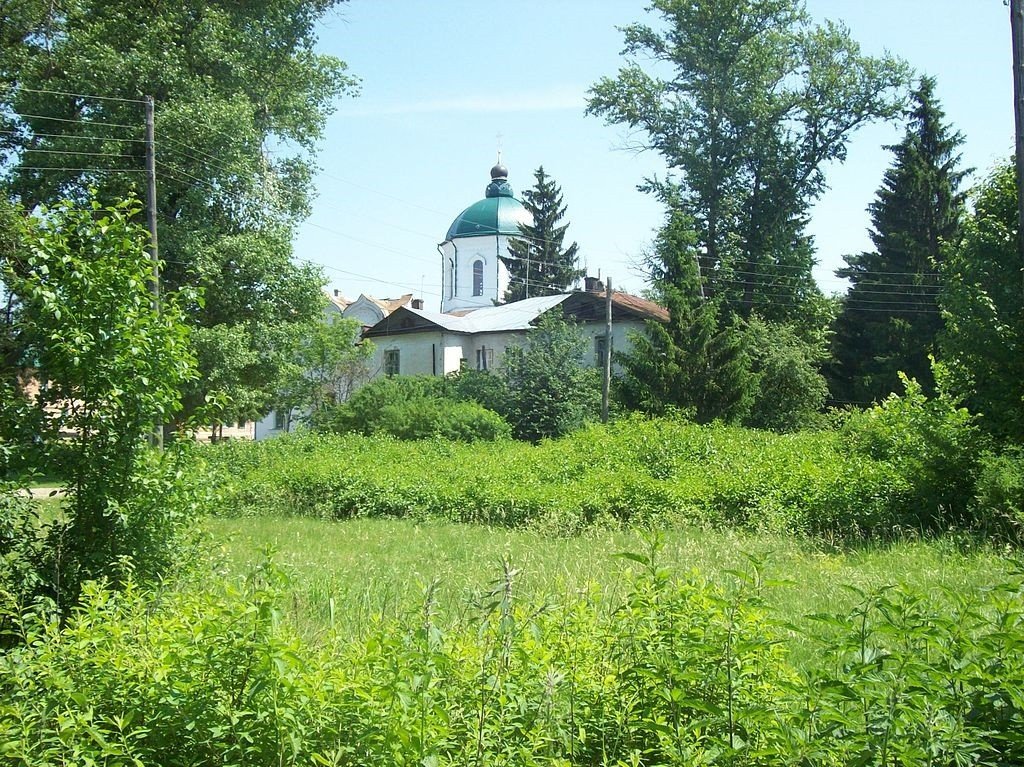
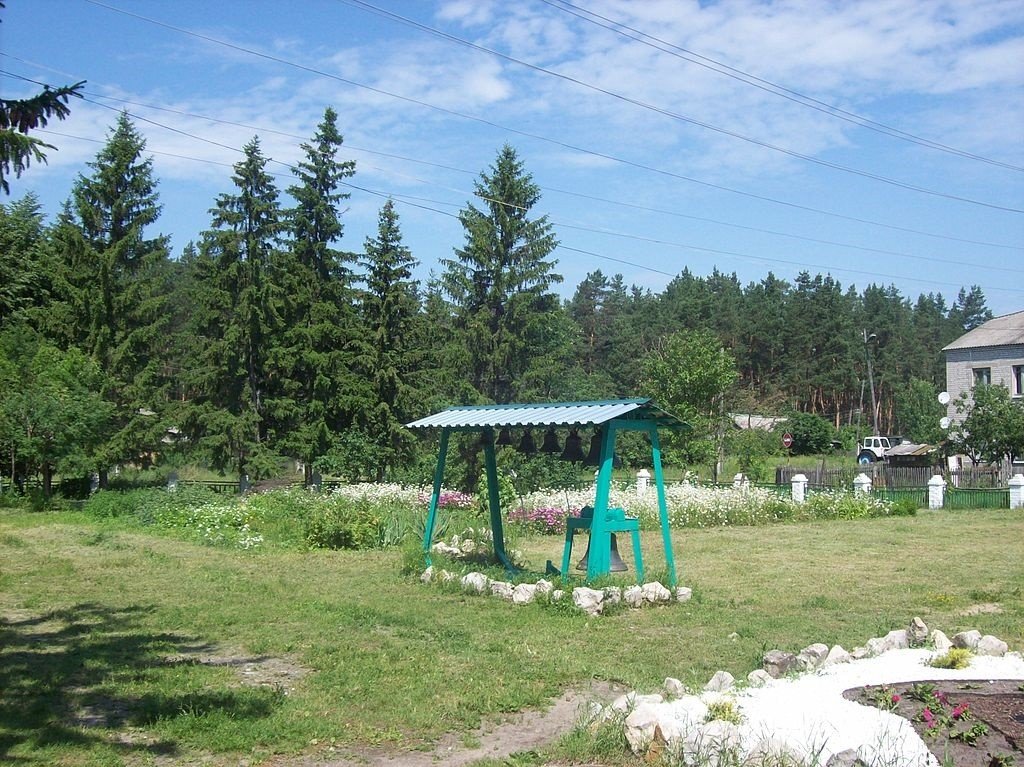
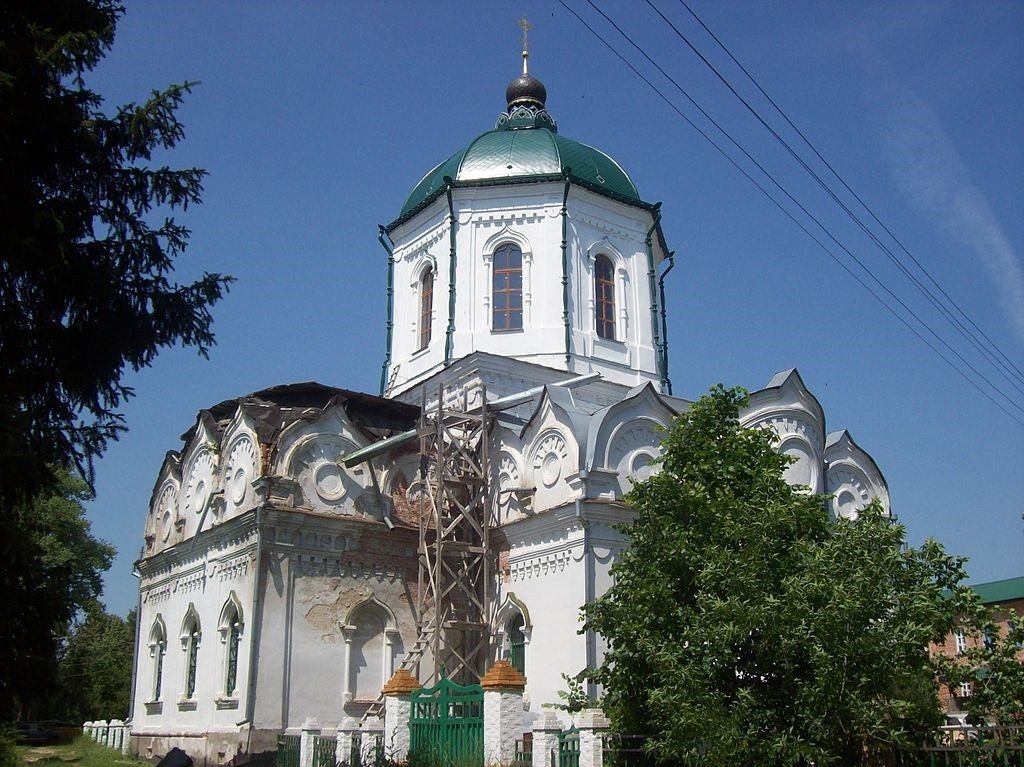
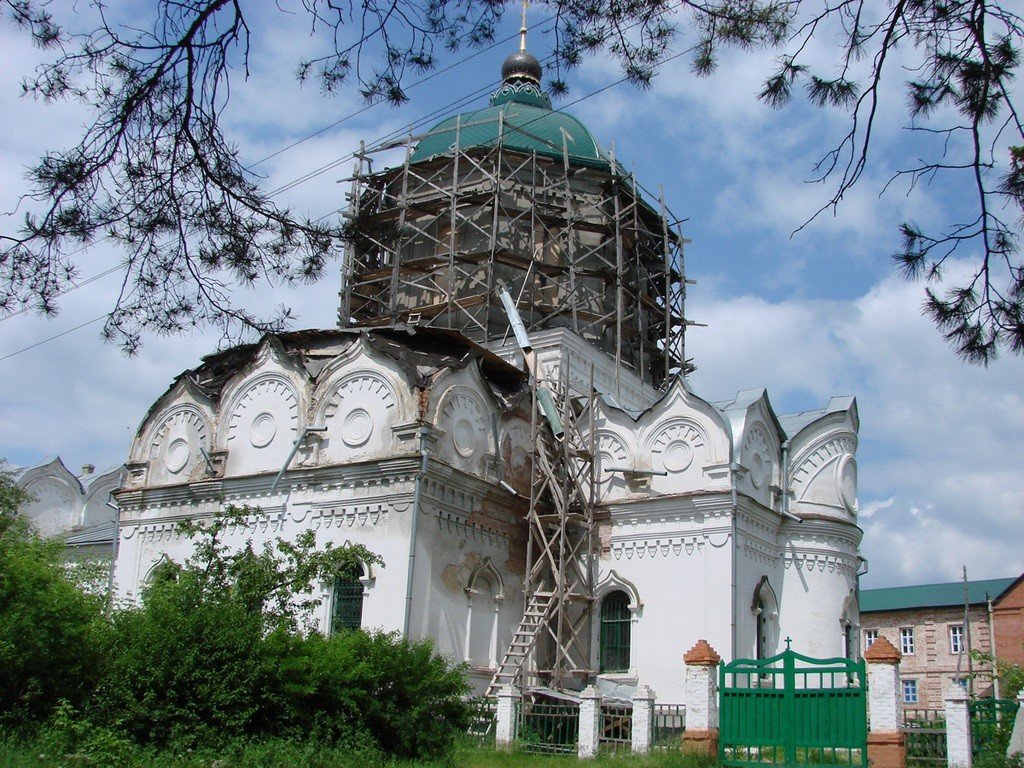
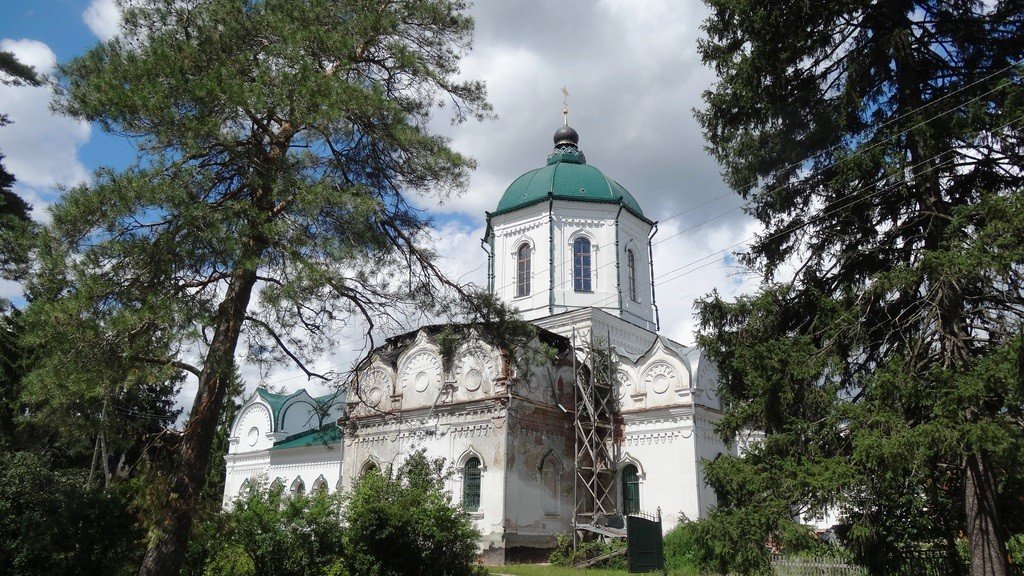
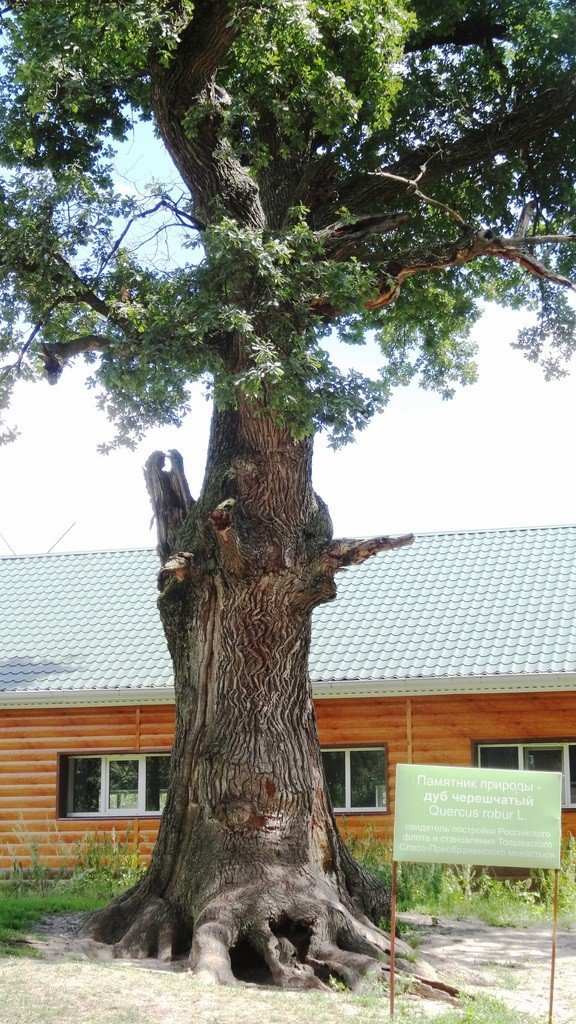
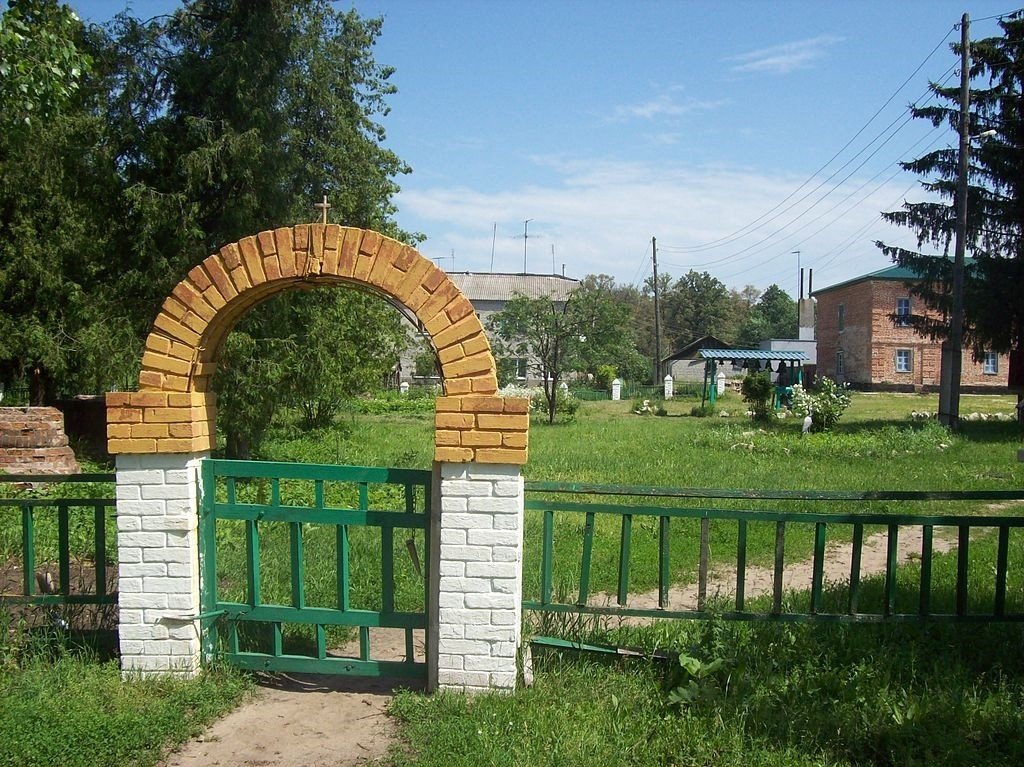
Highlights
The first monastery buildings were wooden, but from the middle of the 18th century stone construction began in the monastery. Today the oldest in Tolshevsky Spaso-Preobrazhensky monastery is considered to be the stone Transfiguration church. It appeared in the middle of the XVIII century, was rebuilt several times and acquired its modern appearance at the end of the XIX century. The architectural style in which this temple was built is called pseudo-Russian.
.
In 1994, the monastery was transformed into a convent. It is far from the noise of the city and has always been a great place for a secluded prayer life. Nowadays the territory of the monastery neighbors with the Voronezh Nature Reserve.
.
Today, regular church services are held in the two temples. In addition to services, the nuns and novices take care of the territory, grow vegetables in the subsidiary farm, and also work in the sewing and art workshops. There is also a Sunday school.
.History of Tolshevsky Spaso-Preobrazhensky Monastery
In 1635, the hermit Konstantin began to live in the dense forests, 40 versts from Voronezh. He prayed to god and ate the honey of wild bees. According to legend, Konstantin slept in a doublet and dressed in animal skins. Later other hermits began to settle near the ascetic, and on this place they founded a men’s monastery.
.
Thanks to Constantine, the monastery built a chapel dedicated to the heavenly patrons of beekeeping – Saints Zosima and Savvatiy. At the end of the 17th century there were already two wooden temples on the territory of the Tolshevsky Spaso-Preobrazhensky Monastery.
The monastery’s monastery was built on the territory of Tolshevsky Spaso-Preobrazhensky Monastery.
Throughout history, the monastery was supported by the Russian tsars. Alexei Mikhailovich granted it land grants, and Fyodor Alexeyevich determined the monks’ monetary allowance. For each person who lived in the monastery, the treasury paid 10 rubles a year. Then the decree on the maintenance of the monastery was signed by Peter I.In the middle of the XVIII century in Tolshevsky Spaso-Preobrazhensky monastery there was a fire, and the wooden buildings burned. A stone church was laid here, and gradually the monastery acquired its own bell tower, and its territory was enclosed by a stone fence. From 1768 for a year and two months in the monastery near Voronezh lived Tikhon of Zadonsky, a miracle worker revered by the faithful.
.
At the beginning of the last century, the monastery built a fraternal building with a church in honor of the Dormition of the Mother of God. The monks collected a large library, which included more than 1000 books, and planned to erect a new bell tower. However, soon after the arrival of Soviet power Tolshevsky Spaso-Preobrazhensky monastery was completely looted, and in 1932 it was closed. The liturgical utensils, books and icons were irretrievably lost. At first the church was used as a library, and then as a village club. By decision of the local authorities, the monastery lands were given to the Voronezh Reserve.
.The buildings of the old monastery were returned to the believers in 1994. Then it was decided to create instead of a male monastery female Orthodox monastery. Then began the restoration of the temples and territory.
How to get there
Tolshevsky Spaso-Preobrazhensky Monastery stands on the bank of the Usman, not far from the station “Grafskaya”, to which there are electric trains from Voronezh. Pilgrims and tourists walk from the railway station to the monastery. From the bus station, located opposite the Voronezh railway station, you can come to the monastery by bus number 310. Get off at the “Zapovednik” stop.
.